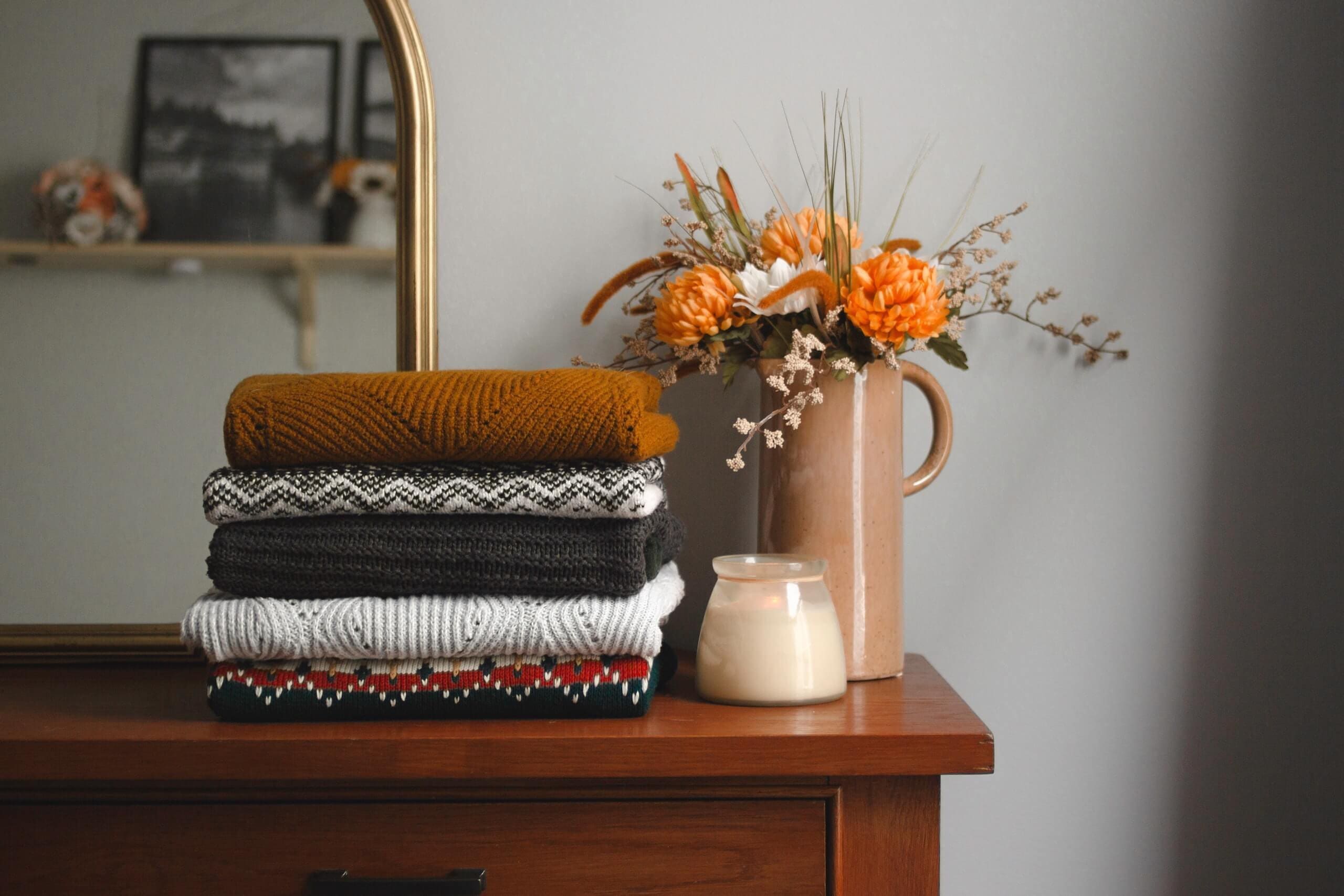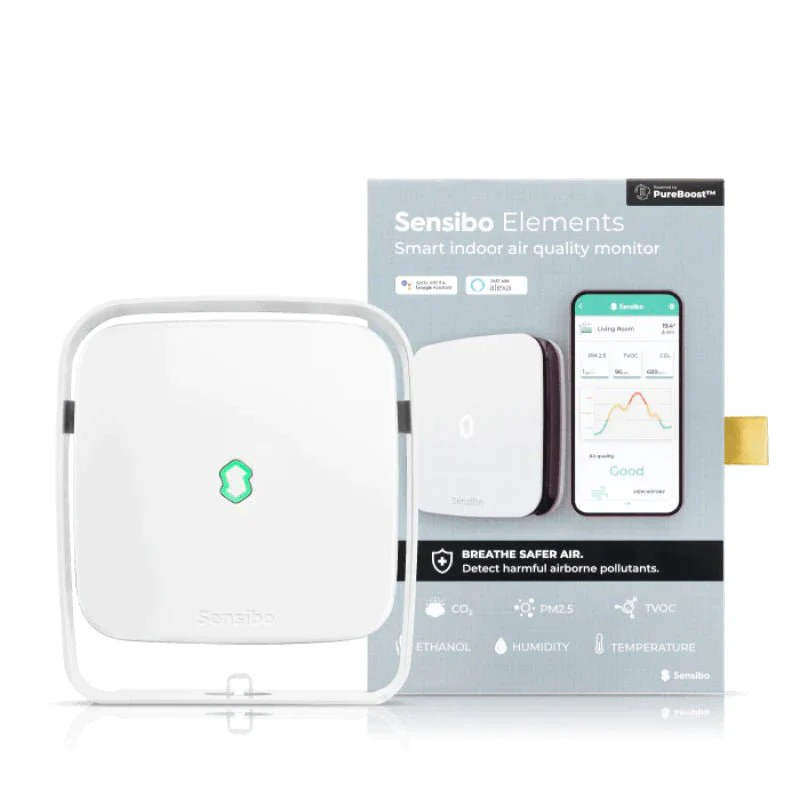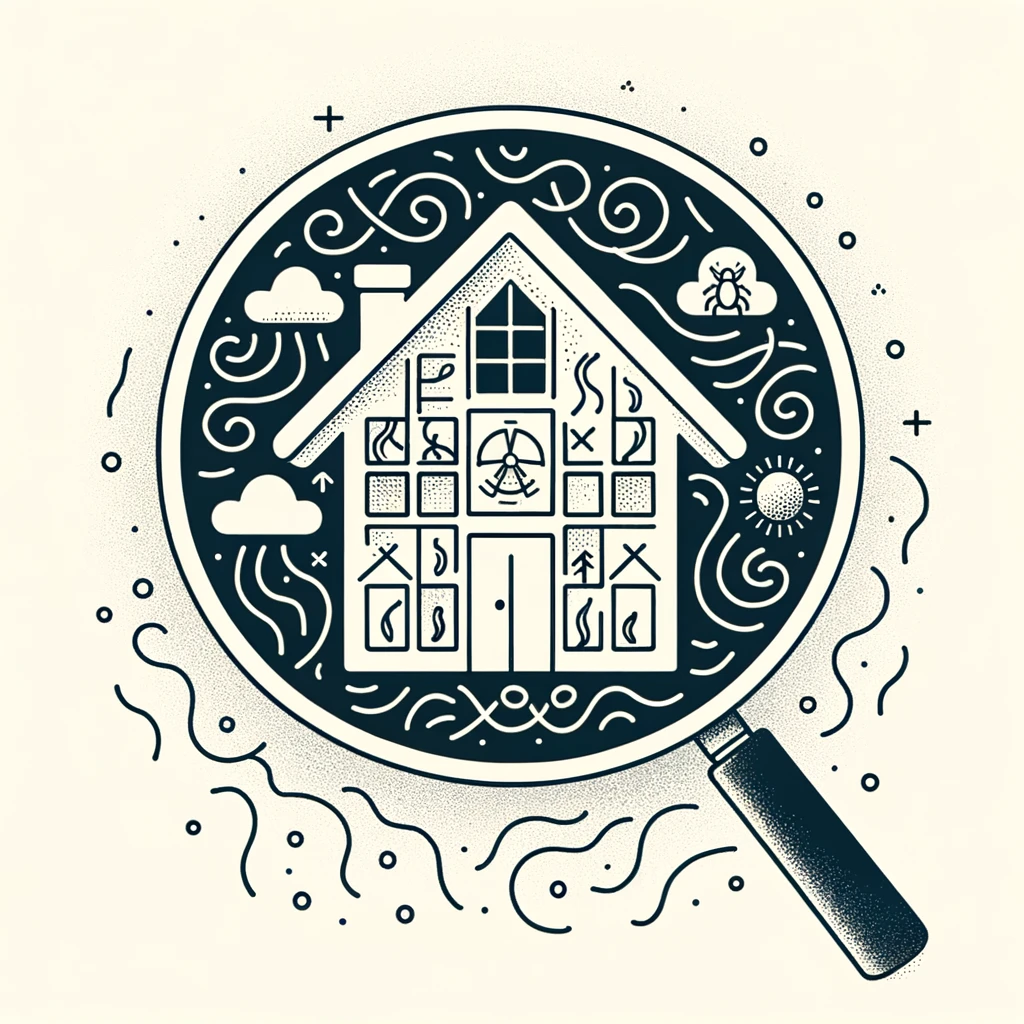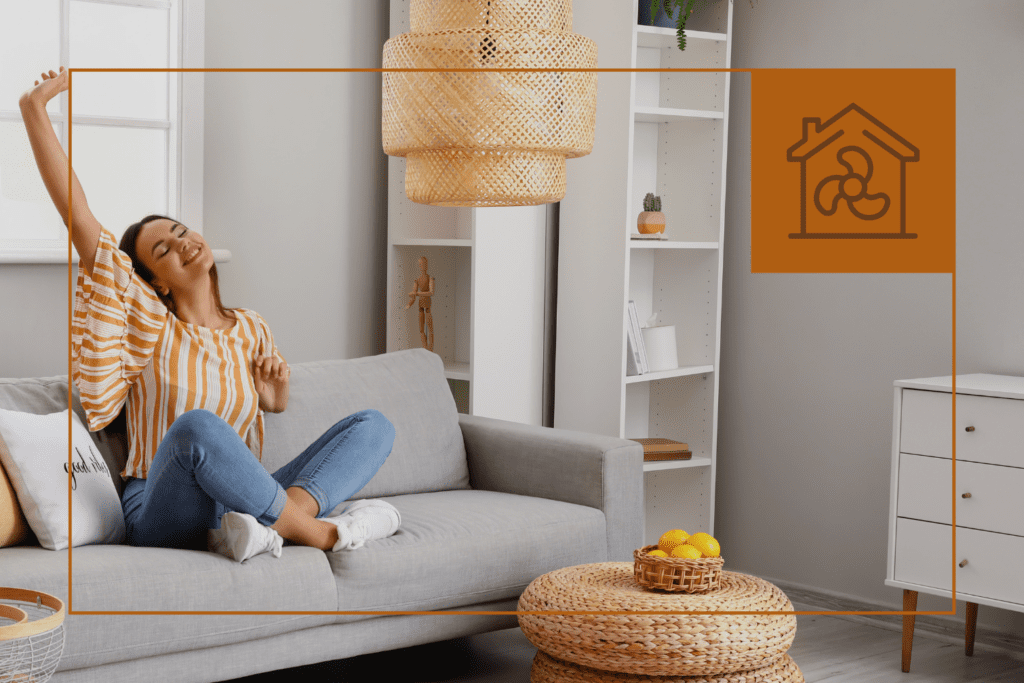Fall is an exciting and beautiful time of year. Halloween and Thanksgiving are accompanied by colorful leaves, migrating birds and cooler weather. Unfortunately, this season is also plagued by increased moisture and allergens that leave many sneezing and coughing. Why is this the case? And what can you do to make a healthier indoor space this fall? We have a few tips to offer to combat autumn allergies indoors!
Autumn Season Allergies
Spring has come and gone, so why are your allergies still present? Well, despite all of the beautiful seasonal changes, there are several pesky allergens lurking about during autumn.
- Ragweed is an extremely triggering allergen and is particularly present during autumn. Unfortunately, ragweed pollen can travel hundreds of miles when the wind blows. Thus, the scattering of ragweed and resulting allergies can last through October and even November.
- Dust mites are a year-round threat. They’re also typically present during the summer when the weather is humid. However, turning on your heater during the fall alongside wetter weather may stir up dust mites and their remnants. Additionally, poor indoor humidity regulation and increased moisture inside allow dust mites to thrive and live longer than desired.
- Mold is another ever-present allergen with moderate to severe health effects. Fall weather caters to the conditions mold spores need to grow and spread. For example, damp or wet areas with a bit of warmth are prime for reproduction.
 Fall and IAQ: Want to learn more about the nexus between fall weather and indoor air quality? This article explains common health and home issues and offers helpful autumn air quality solutions to consider.
Fall and IAQ: Want to learn more about the nexus between fall weather and indoor air quality? This article explains common health and home issues and offers helpful autumn air quality solutions to consider.Are Mold Allergies Worse in the Fall?
While all fall-time allergens should be taken seriously, mold is particularly noteworthy as it contributes to indoor and outdoor air pollution. It’s also a year-round allergen. However, falling leaves and decaying vegetation as well as damper conditions can make mold allergies worse in the fall.
Mold is a type of fungi that can grow in and around your home. In order to grow, mold requires oxygen and moisture. There are various types of molds in an assortment of colors. The following are some that are most commonly found indoors.
- Cladosporium: This type of mold is green, brown or black in color. It is commonly found on carpets, window sills or wallpapers.
- Penicillium: This type of mold is green, blue-green, gray-green, white, yellow or pink. It is commonly found on carpets, mattresses, upholstered furniture and wallpapers.
- Aspergillus: This type of mold is typically black. It is commonly found on foods, spices and composts.
Indoors, mold growth can occur on food, wood, wallpaper, carpet, upholstery and other surfaces. Outdoors, mold growth can occur on patio furniture, gutters, roofs, firewood and other surfaces. How does outside mold get indoors? Windows, doors, vents and HVAC systems can allow mold to enter your home. Additionally, clothes, shoes and pets bring mold inside.
Exposure to mold may cause sneezing, runny nose, red eyes, skin rashes, dizziness, headaches and asthma attacks. Children, older adults and those with pre-existing respiratory issues are particularly at risk from mold exposure.
Autumn Air Quality Tips for Homeowners
Addressing autumn allergies, moisture issues and fall air quality problems requires HVAC maintenance and potential home system upgrades. In order to prevent illness and protect your home, check out the following autumn air quality tips!
1. Invest in a Whole-Home Air Purifier
Wouldn’t you like to address indoor air pollution before it becomes a problem? A whole-home air purifier eliminates air pollutants such as volatile organic compounds, dust, dander, viruses and the like. This device will dramatically improve HVAC filtration and deliver cleaner air to every room in your home.
2. Air Filter Maintenance
The beginning of a new season should be welcomed with new air filters. Dirty clogged air filters ultimately help circulate allergens, bacteria, viruses, pollen, dander and other air pollutants. Clean air filters with a MERV 11 rating or higher (we’re partial to MERV 13) capture debris, dust mites, mold spores, bacteria, viruses and more. This will allow you and your family to focus on fun fall activities instead of allergies.
3. Proper Indoor Humidity Control
Humidifiers and dehumidifiers are indoor air quality solutions that help your home achieve and maintain the ideal humidity range of 40–60%. Humidifiers increase moisture while dehumidifiers decrease moisture. The device that will benefit your home the most depends on what type of climate you live in. But for a majority of the country, colder weather calls for increasing indoor humidity levels.
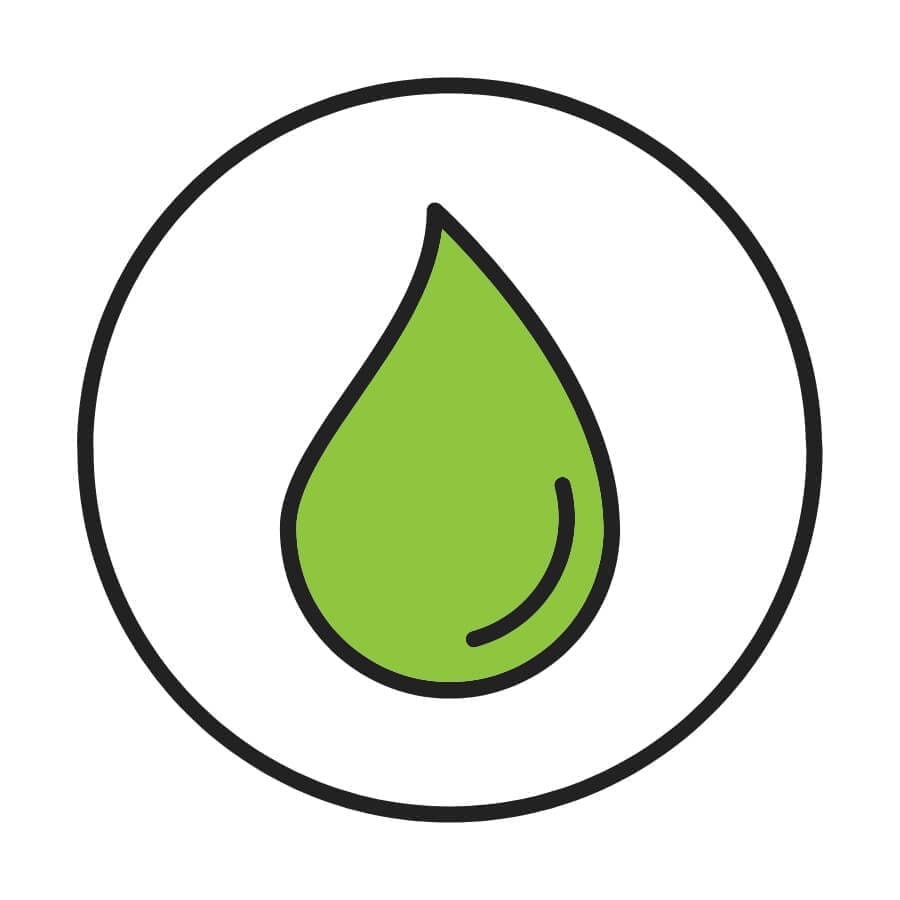 Fall Season Humidity: What is indoor relative humidity and why is it important during the fall? Learn how to control indoor humidity levels to protect your health and your home. Read more →
Fall Season Humidity: What is indoor relative humidity and why is it important during the fall? Learn how to control indoor humidity levels to protect your health and your home. Read more →Now that you are equipped with knowledge of autumn allergens and indoor air quality solutions, take the time to invest in your home. Doing so prepares you and your family for the fall season!
